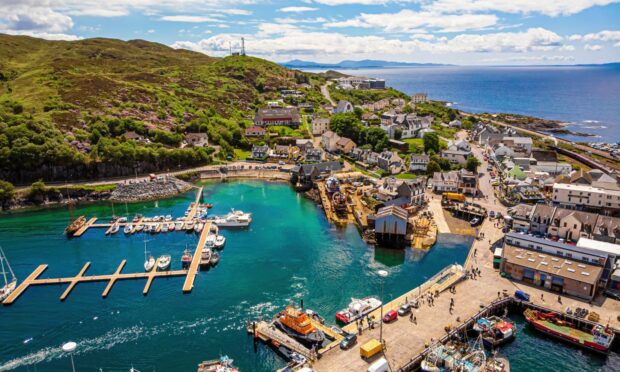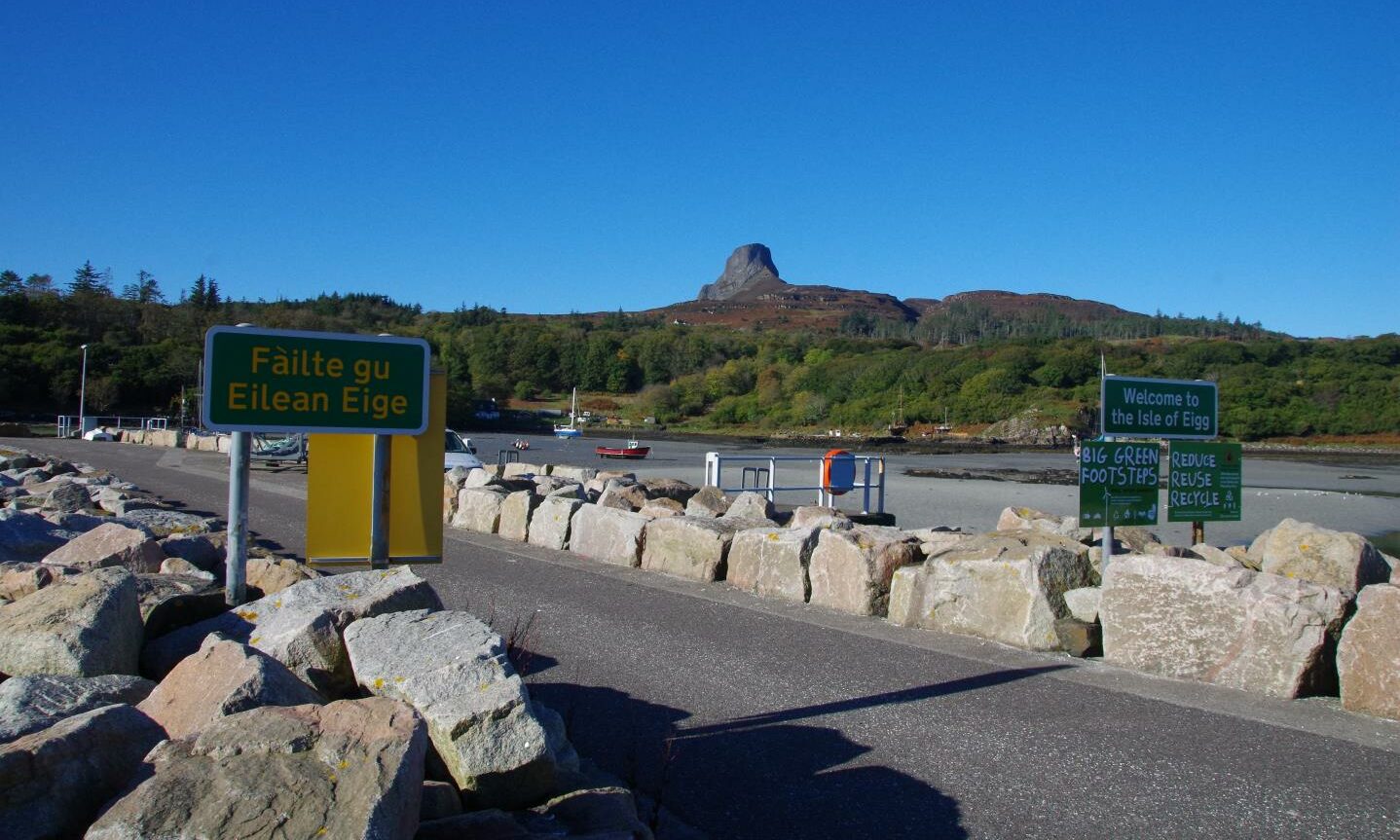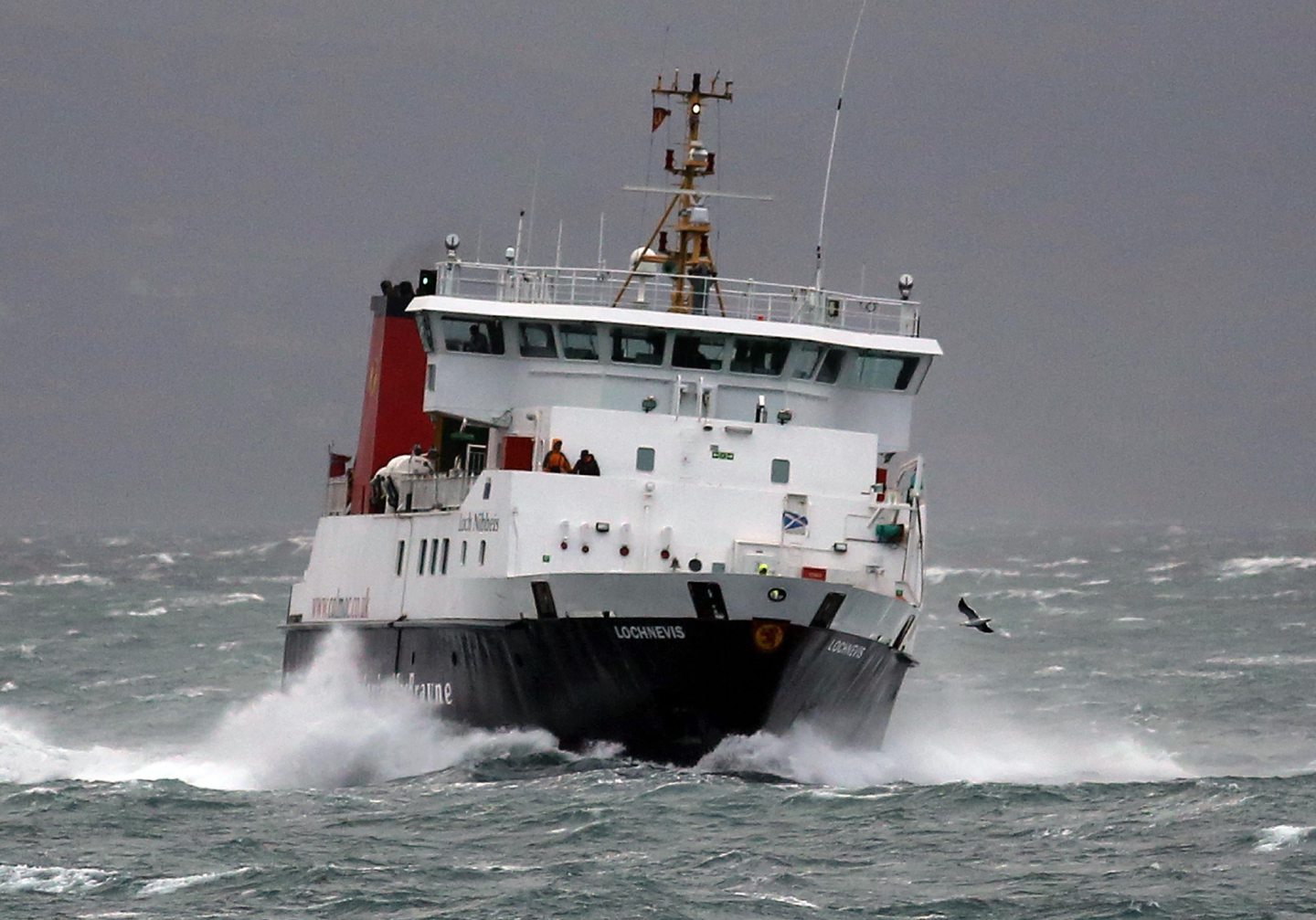The AGM of Mallaig Harbour Authority was held last month. It was the last for two of its long-standing board members.
The organisation’s website pays tribute to Charlie King and Michael Foxley.
“Looking back at minutes, Charlie first attended a meeting of Mallaig Harbour (representing Mallaig Community Council) on 24th May 1984. Michael was also first on the Board of Mallaig Harbour 35 years ago, and with a break of five years has been involved ever since!”
Between them, they had served a near Biblical life expectancy – “The days of our years are threescore years and ten”.
King was an electrician to trade, Foxley a GP in Fort William. They have been quite a double act in the life of the West Highlands, having also spent decades as councillors (King was Chair of the Highland Council’s Transport Environmental and Community Services and Foxley council leader).
They were members of numerous other public and local community bodies, requiring them to travel ludicrous distances. They made a difference.
A lifetime of fighting for worthy causes
One of their earliest campaigns was to get the four-year Mallaig High upgraded to a six-year comprehensive. It was housed in what Foxley described as “old Nissen huts, reminiscent of the centres provided in Britain’s cities for those bombed out of their homes during World War Two”.
Pupils who wanted to take Highers had to go to Lochaber High School in Fort William and stay in the school hostel during the week, along with island pupils. For some it was from S1.
The new Mallaig High School opened in 1989 on a different site as a full senior secondary. The campus now includes a hostel for the pupils from the Small Isles and Knoydart, a community operated swimming pool and an NHS respite facility for the elderly.
King and Foxley were also determined to build a secondary school on the Ardnamurchan Peninsula, rather than have pupils boarding in Fort William or Mallaig. Ardnamurchan High opened in Strontian in 2002.
Their fight to upgrade the tortuous Mallaig to Fort William road, billed as the worst trunk road in the land with long sections of single track, took longer.
At one point in 1991 they organised a protest stopping traffic going through Morar to seek maximum support for the campaign. The final section was only completed in 2009.
Others were involved, but the resolve of King and Foxley was crucial.
Transforming life in the Small Isles
It was the same with the community-led buyouts of Eigg and Knoydart. Indeed, they both served as directors of the trust bodies that became the landowners.
There is one project of particular pride – the £30 million scheme to provide the Small Isles of Eigg, Muck, Rum and Canna, as well as Inverie in Knoydart, with slipways and piers for a new ferry.
CalMac’s £5.8 million Lochnevis, with capacity for 90 passengers, 14 cars or a few lorries, began sailing in 2000, providing the first vehicle-carrying service to these islands. Passengers no longer had to be ferried out to the CalMac ferry by small flit boats, once a common feature of island travel.
Life in the Small Isles was transformed – from getting telecoms engineers to make repairs and return to the mainland on the same day (previously a two to four-day trip) to loading livestock on to a lorry rather than a landing craft and getting rubbish collected regularly. Building material could be delivered direct to house sites.
‘Strong policy risk’ isn’t an excuse
A study by Strathclyde University’s European Policy Research Centre concluded “the need for a comprehensive solution to the access problems of the Small Isles and Inverie was widely recognised by the early 1990s, not least by the Scottish Office. However, the projects were seen to represent strong policy risk, due to the large sums involved in respect of a very small population.”
The progress made in Scotland’s remote and fragile communities is due in no small part to the likes of Charlie King, Michael Foxley and others refusing to accept “strong policy risk” as a reason not invest public money
And it was very small. In 1991 Eigg had 69, Canna 20, Muck 24 and Rum 26.
It was only the commitment of European funds that made the construction of the ferry, slipways and piers possible. The European Regional Development Fund covered 25% of costs overall, including the ferry, although for the more technically challenging Eigg slipway, it was 37%.
The undoubted progress that has been made in Scotland’s remote and fragile communities – Eigg’s population for example now stands at 110 – is due in no small part to the likes of Charlie King, Michael Foxley and others refusing to accept “strong policy risk” as a reason not invest public money in sparsely populated areas.
That they have been prepared to devote so much of their lives to doing so should be recognised.
David Ross is a veteran Highland journalist and author of an acclaimed book about his three decades of reporting on the region













